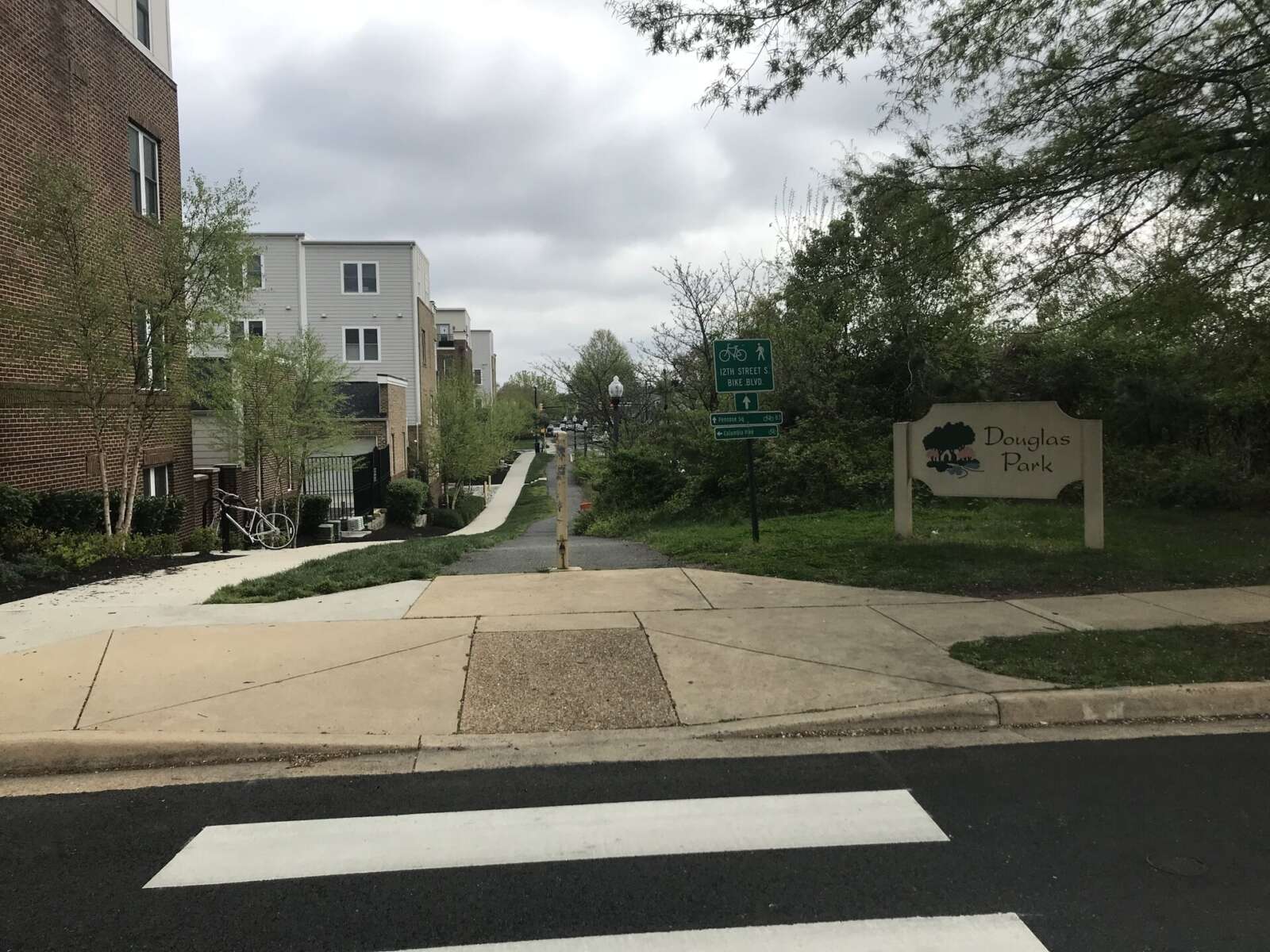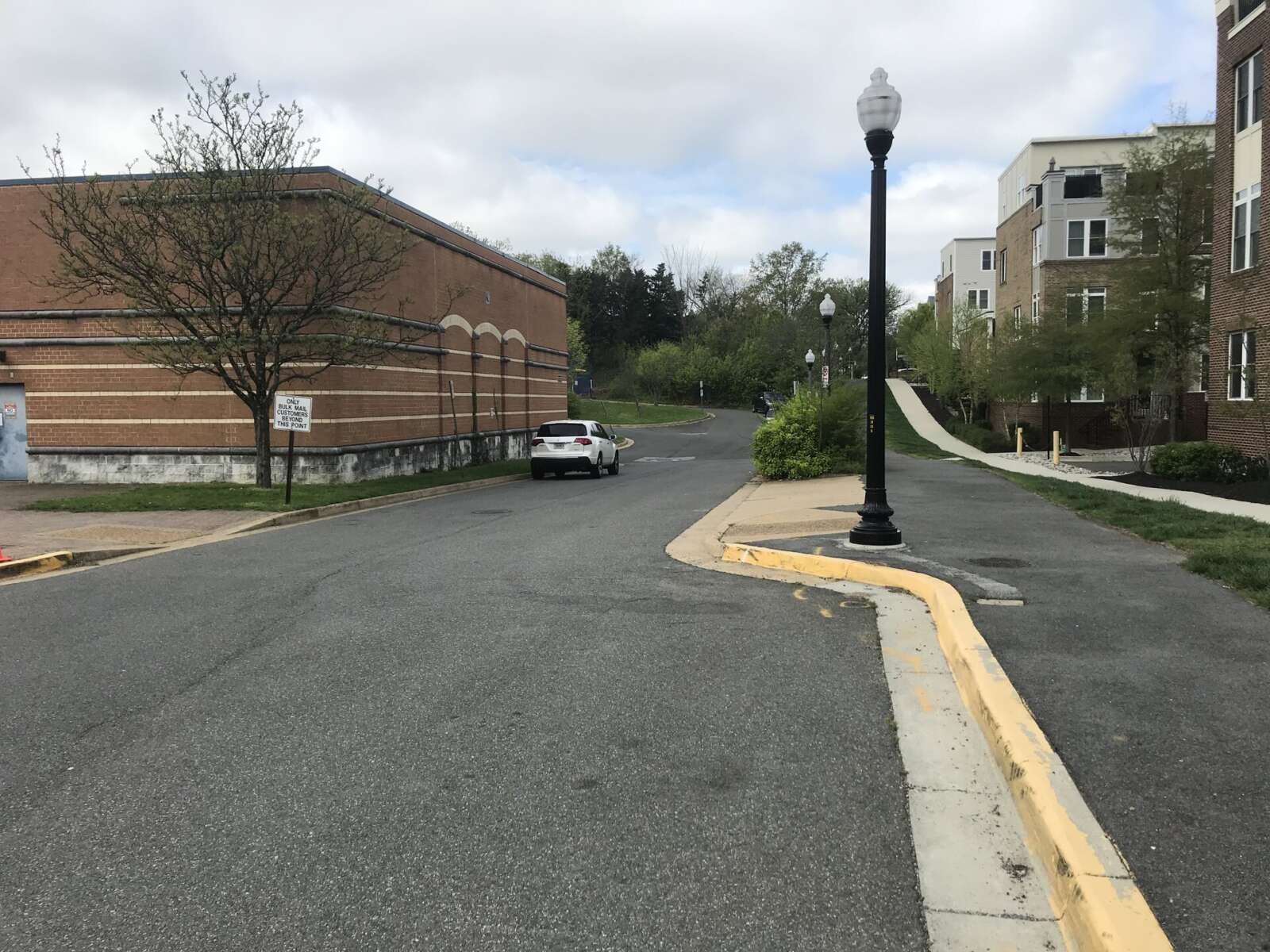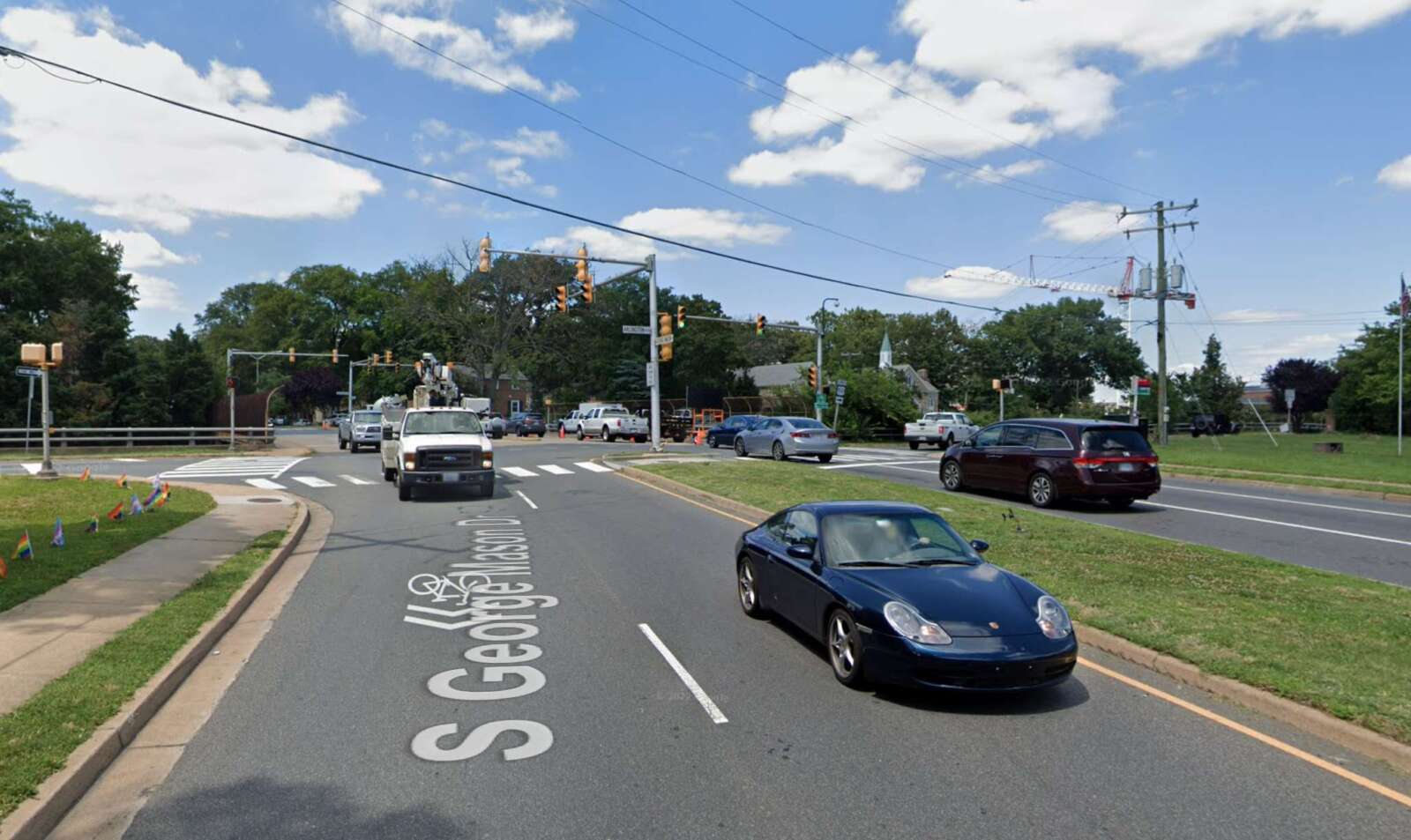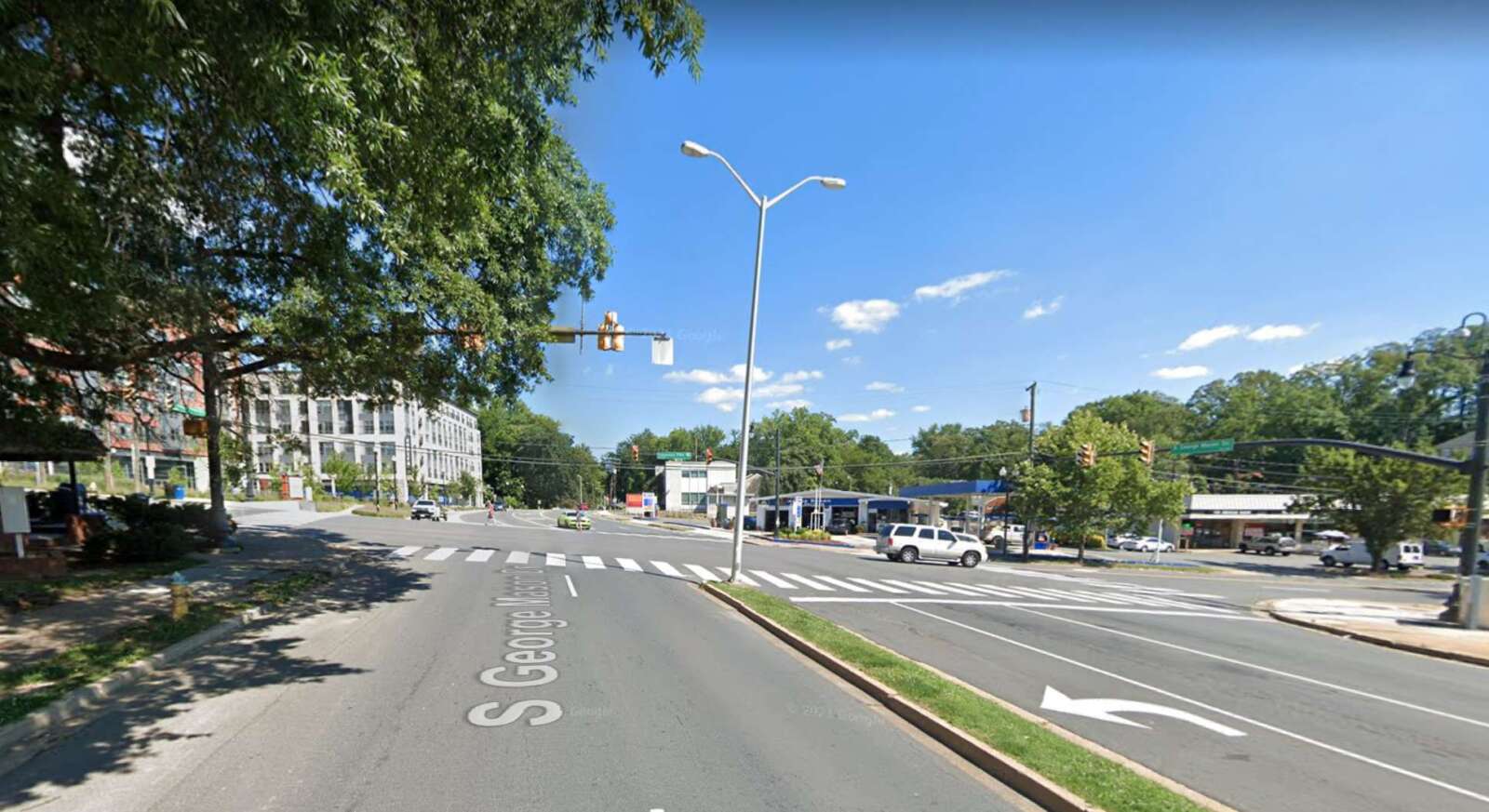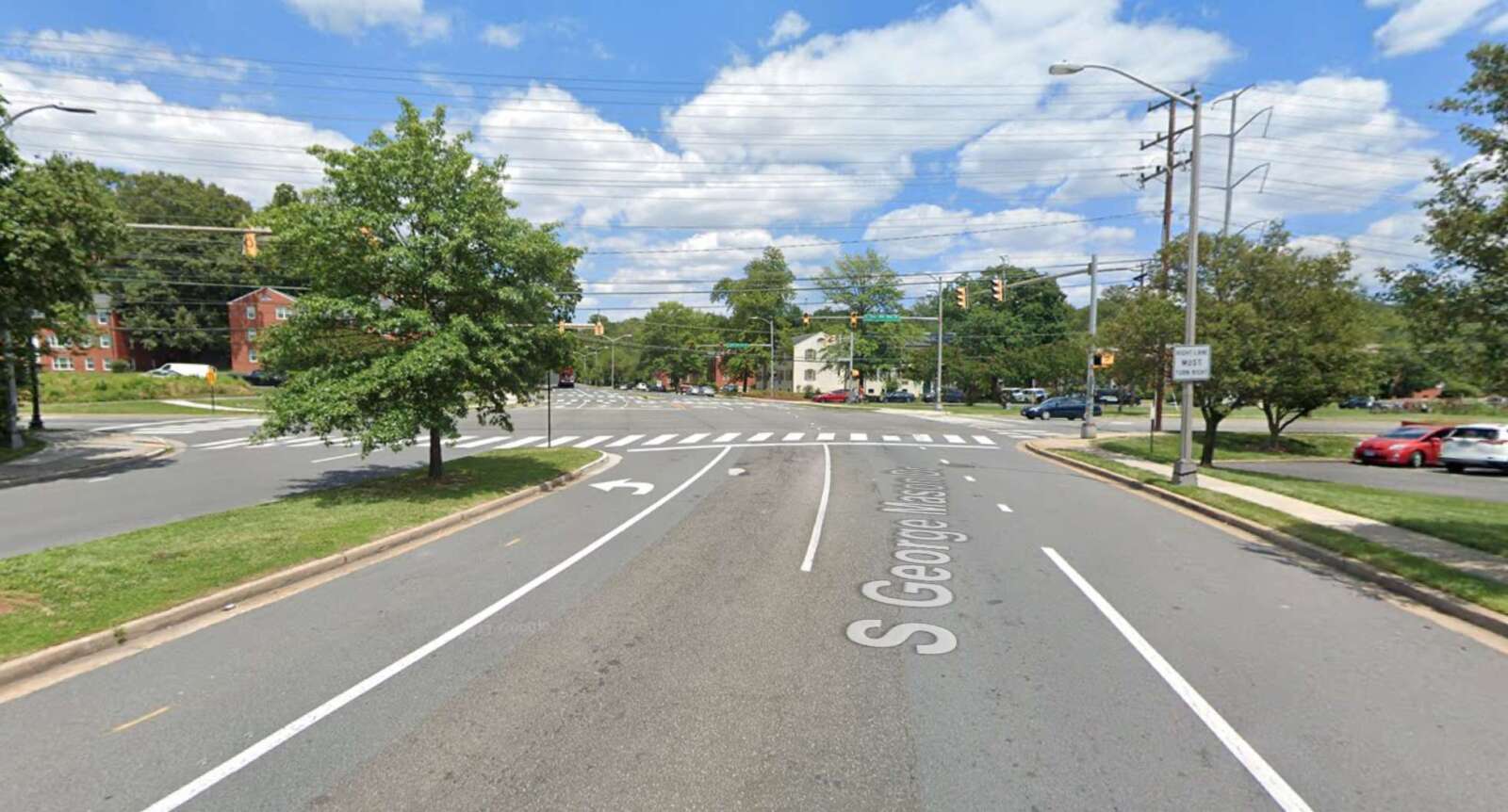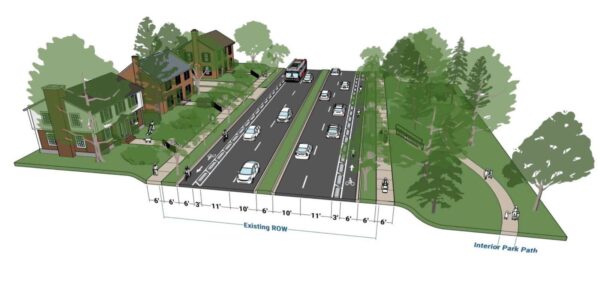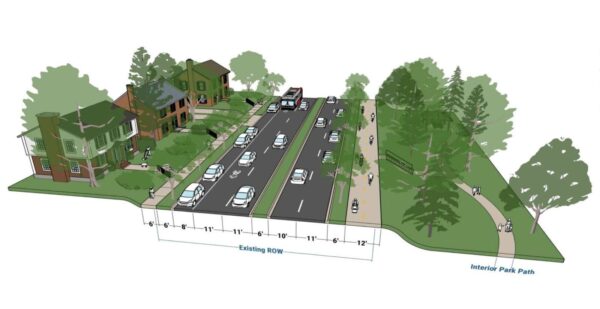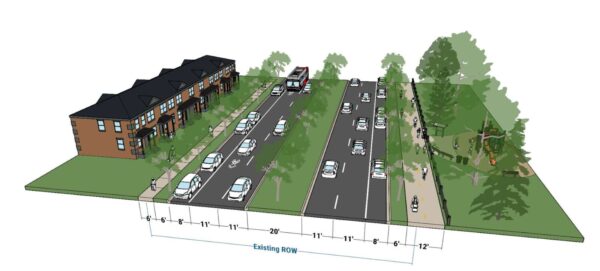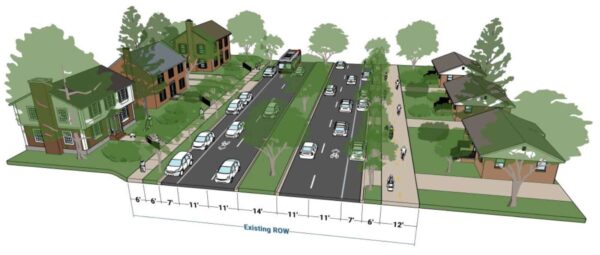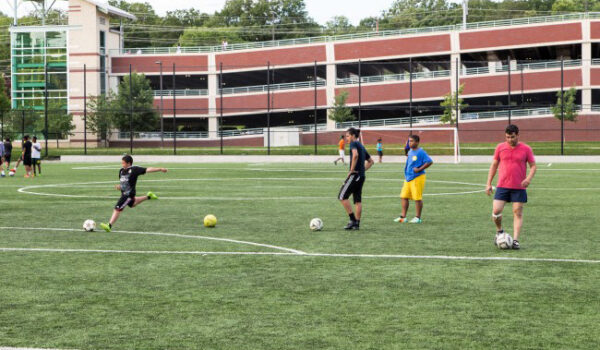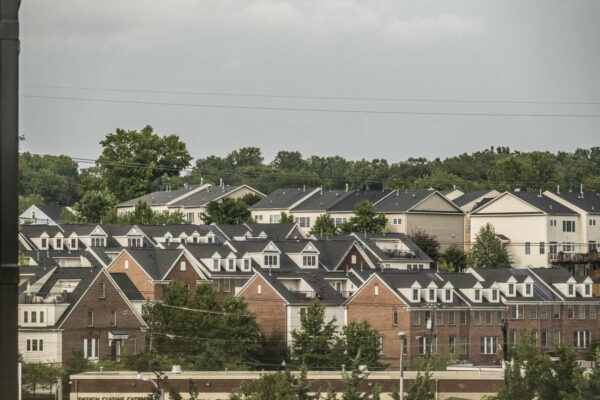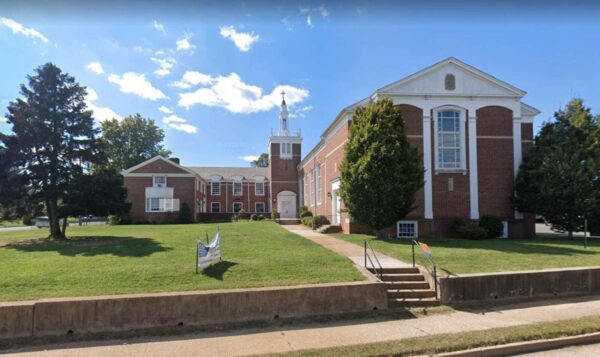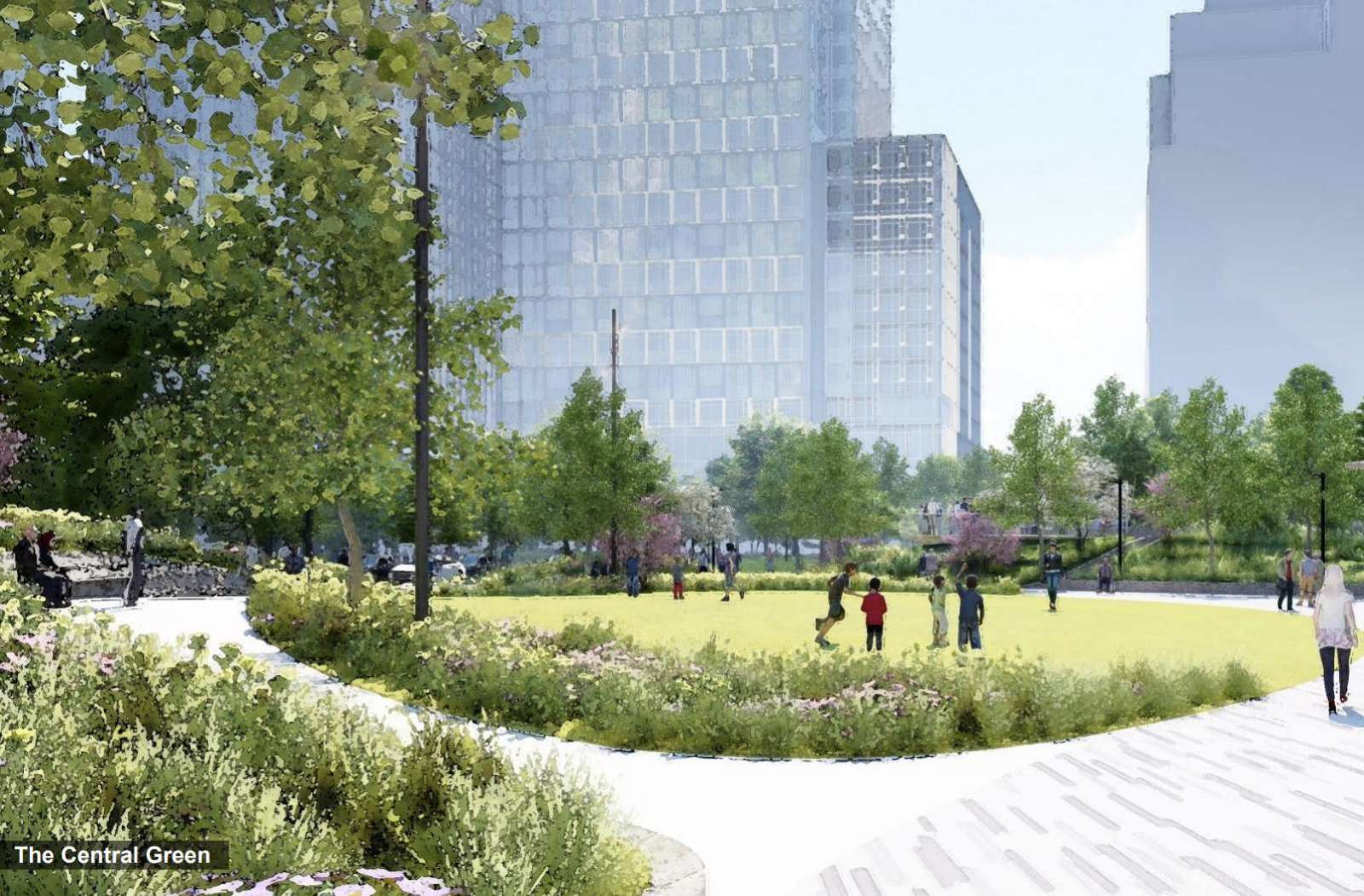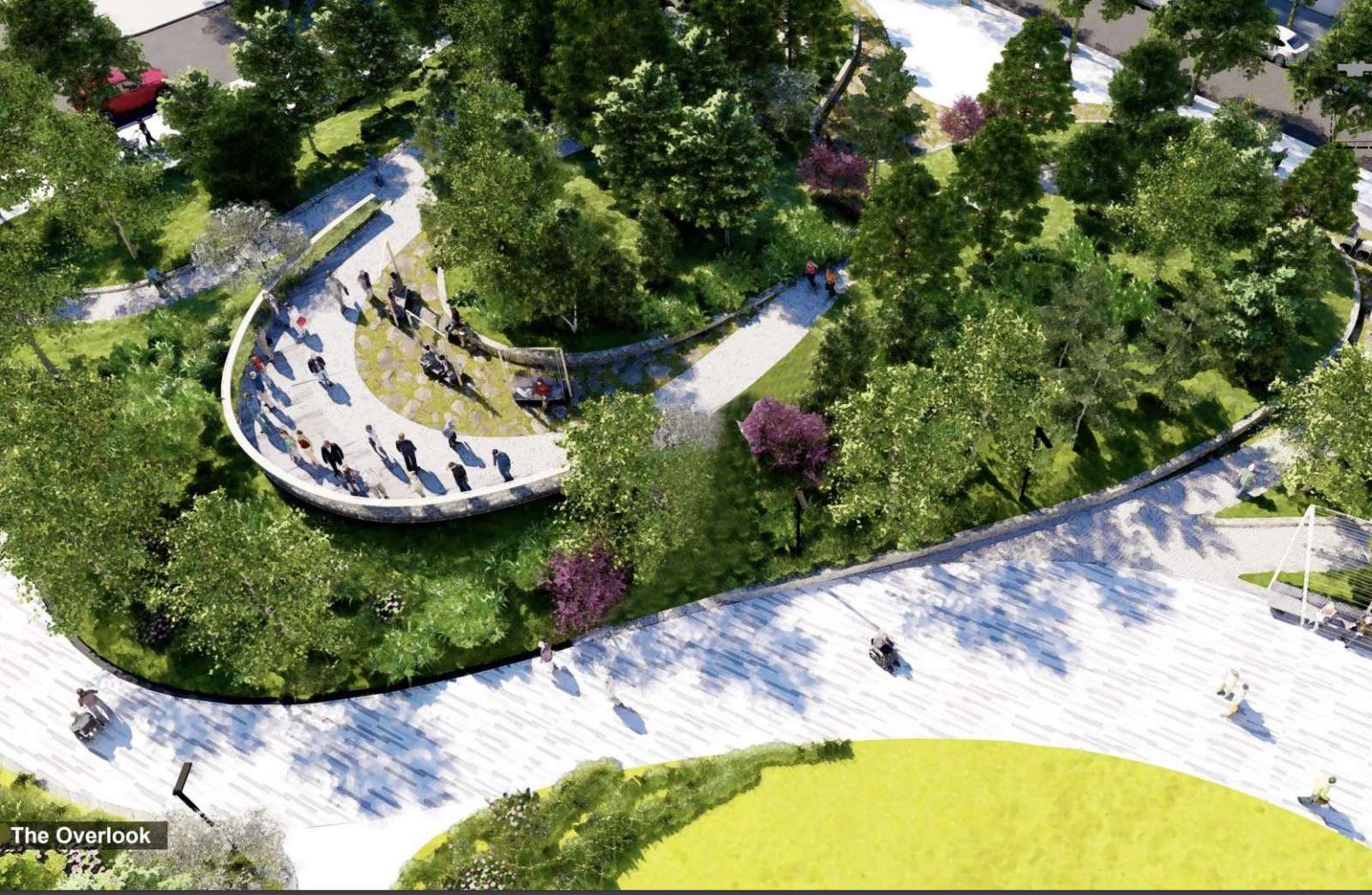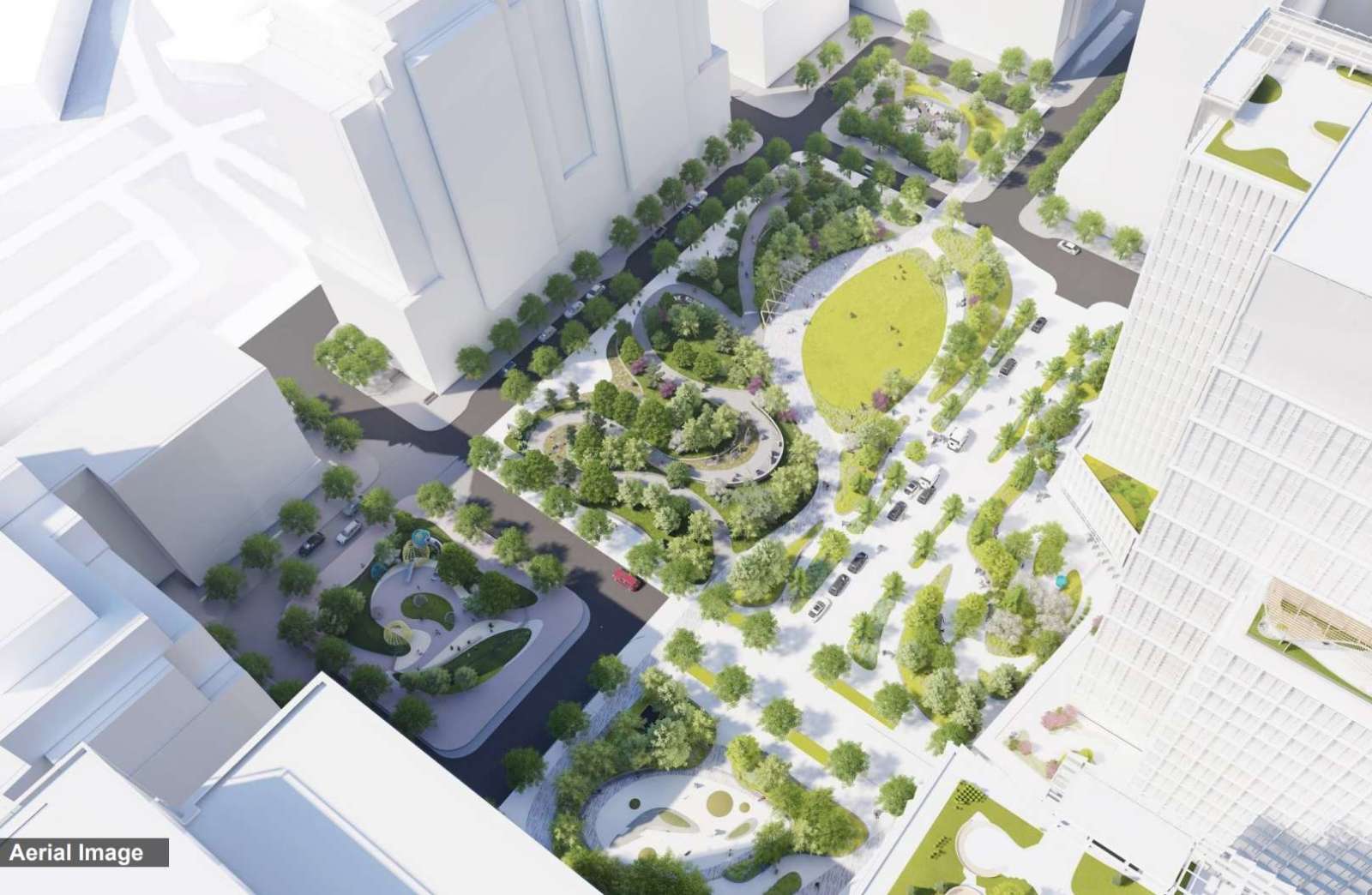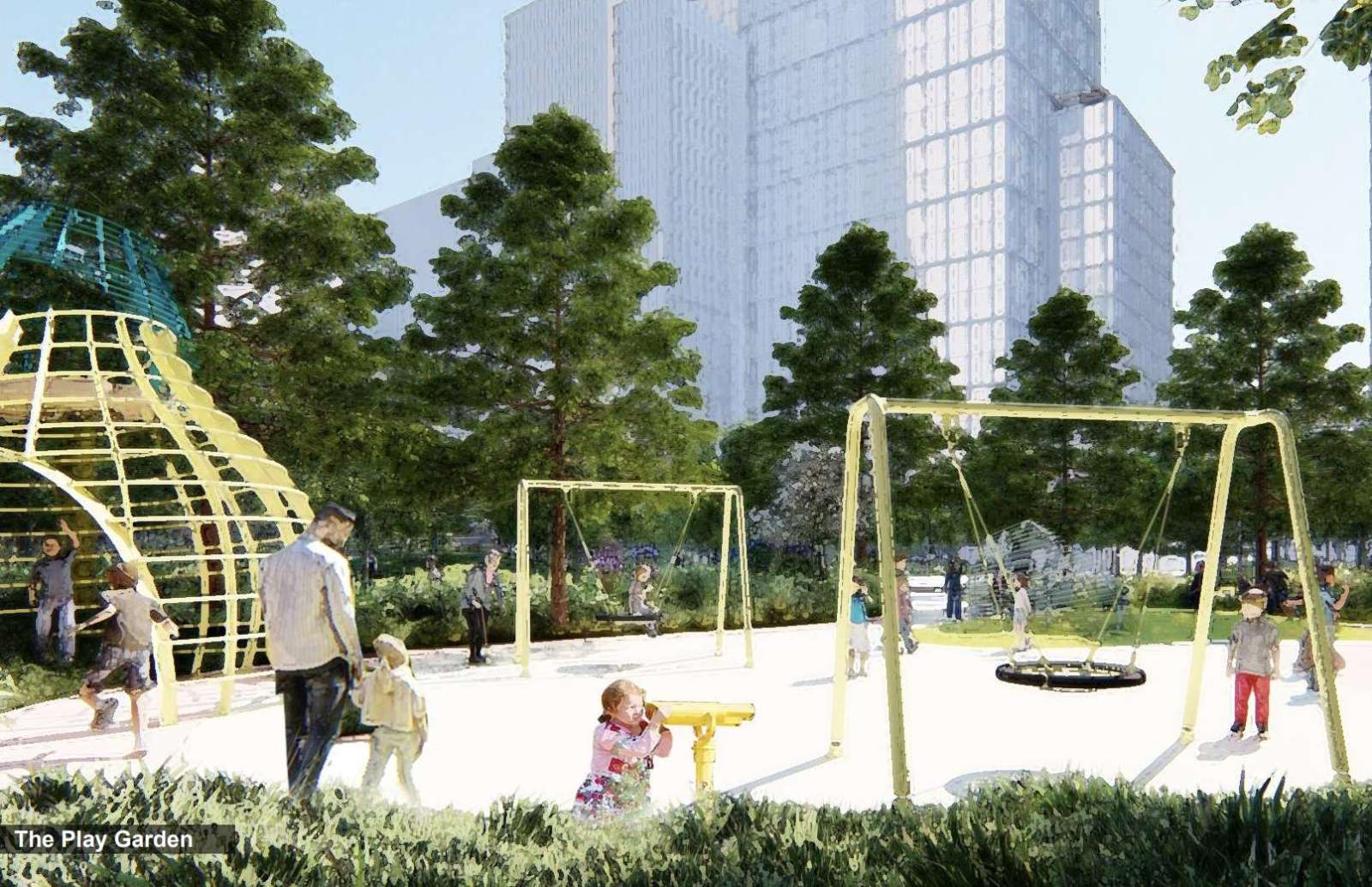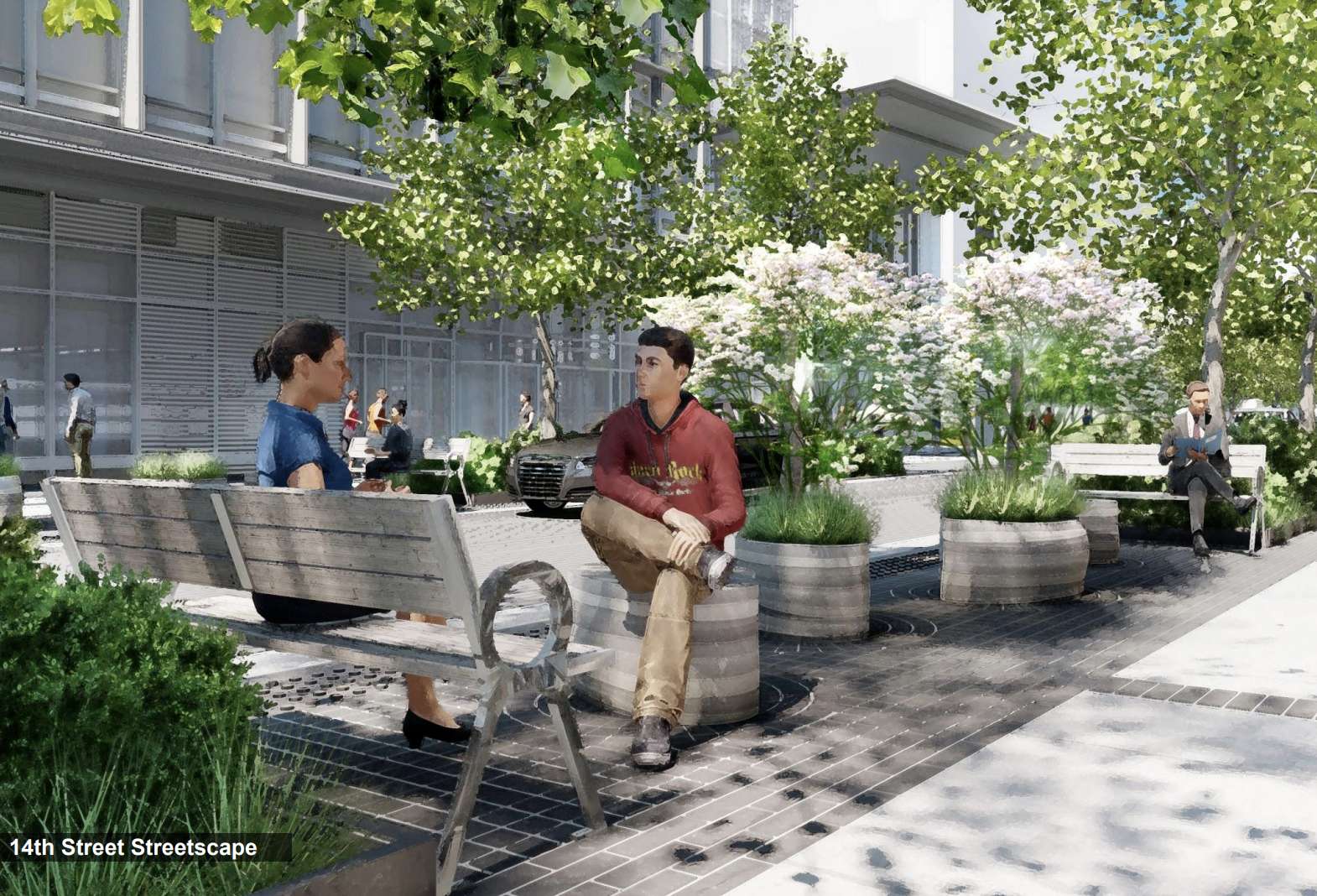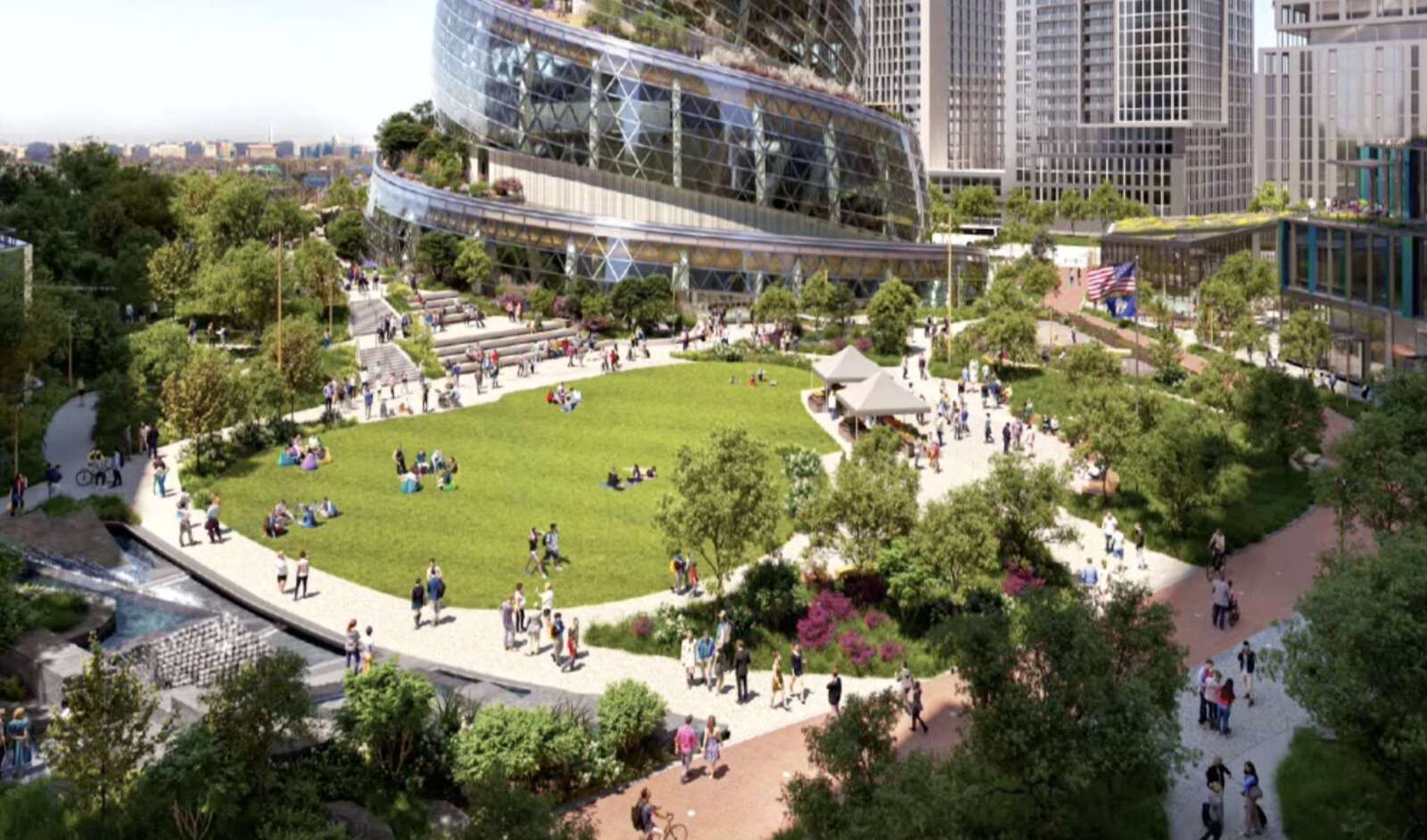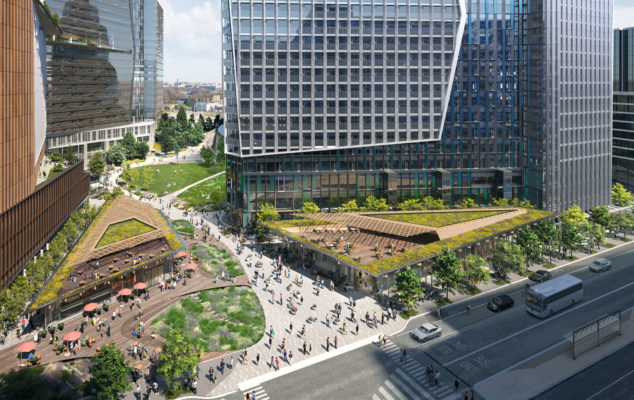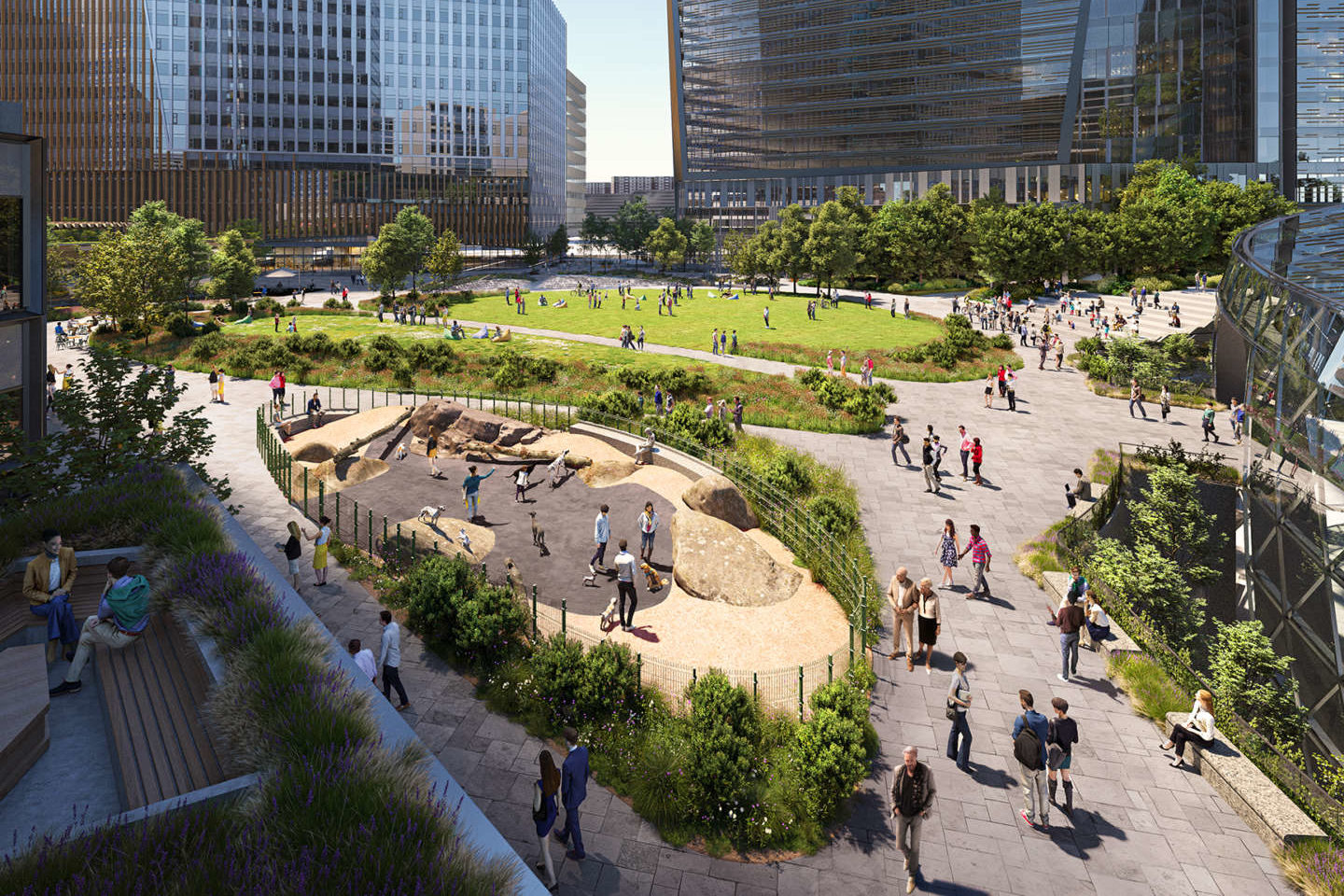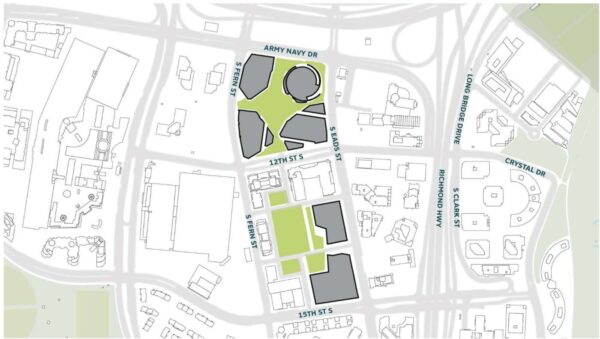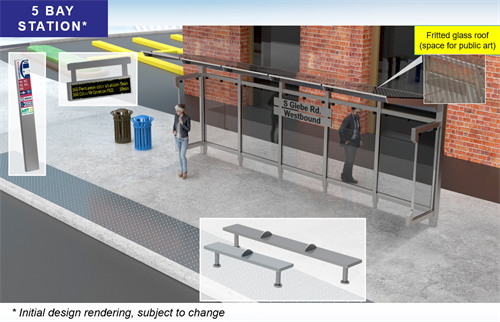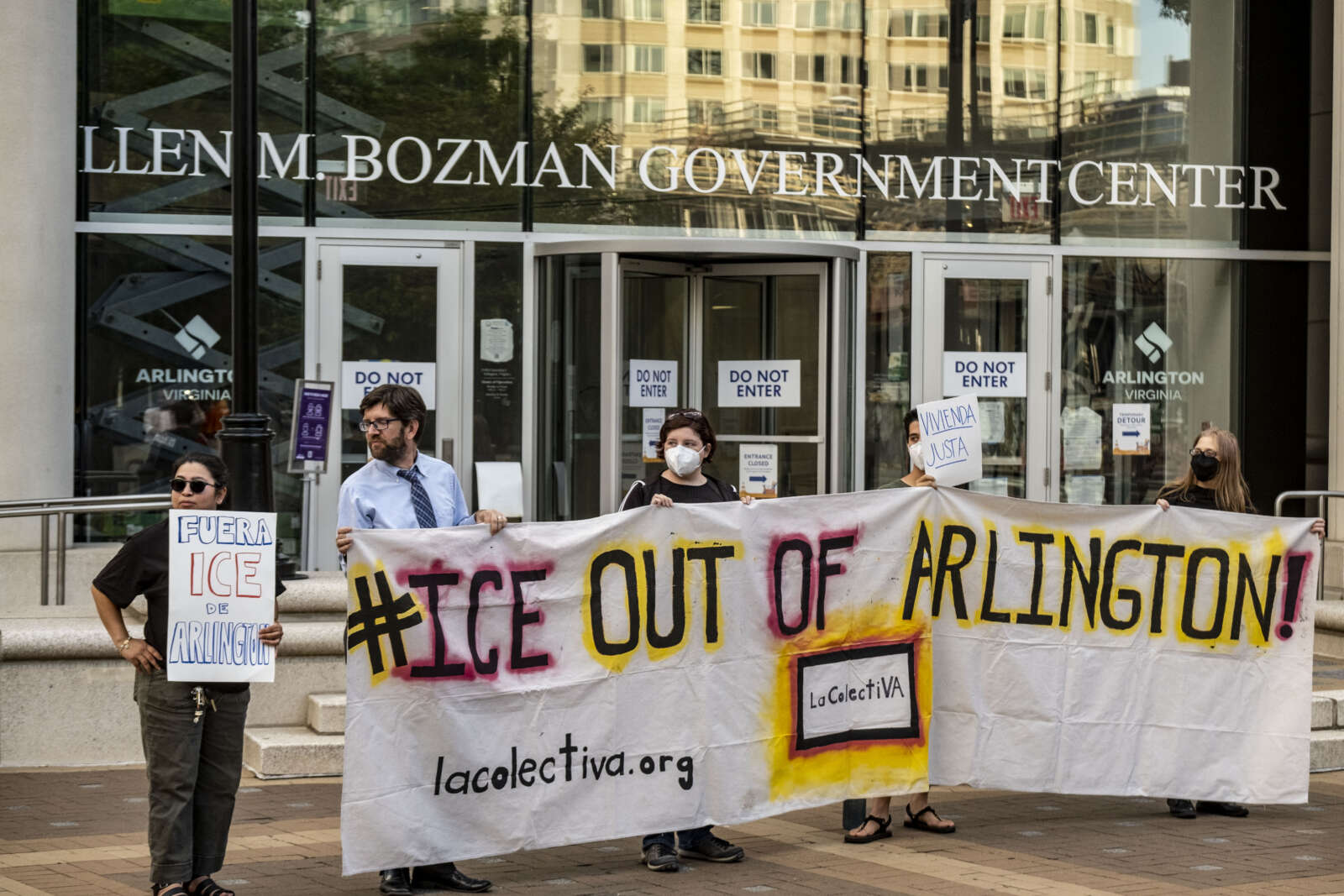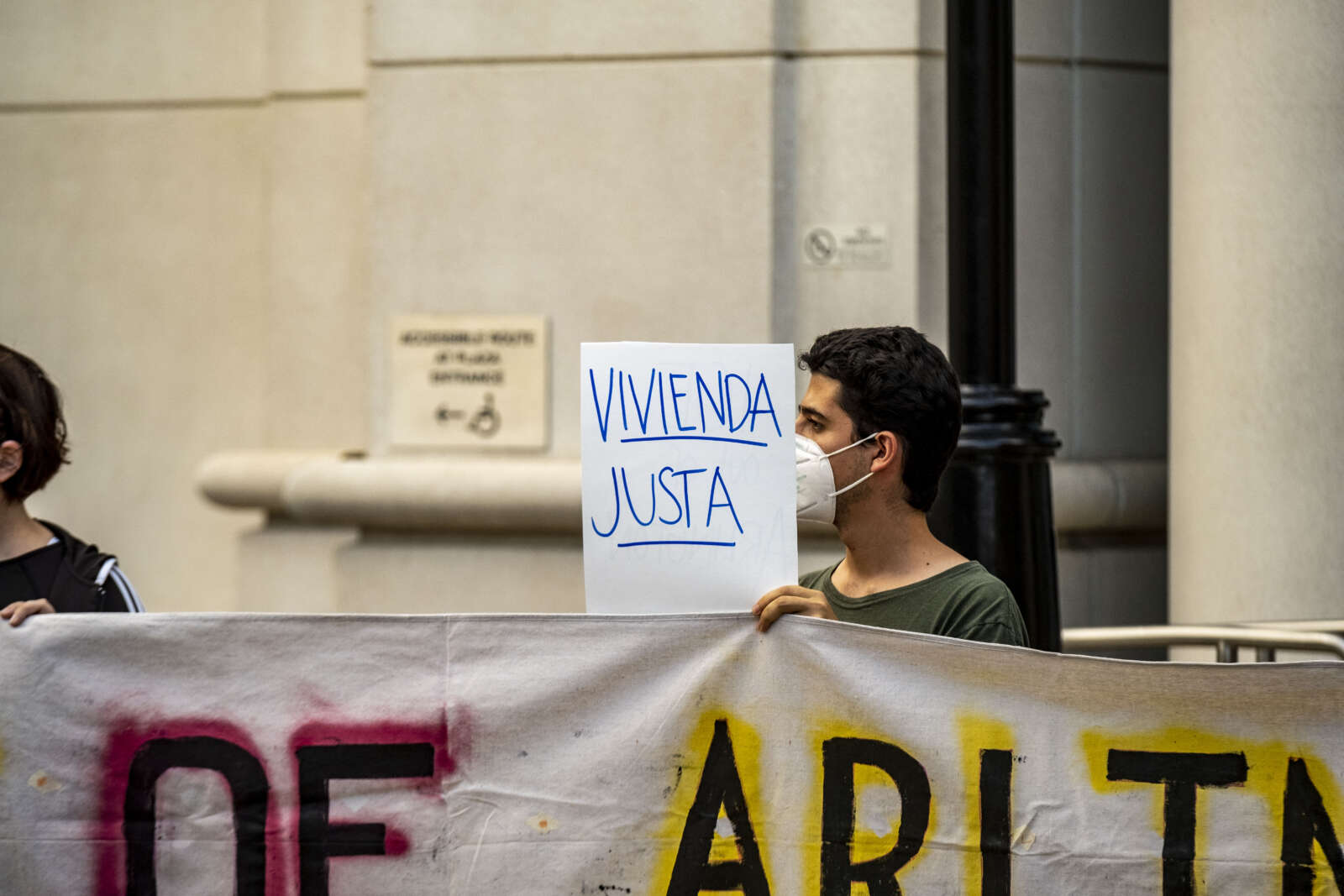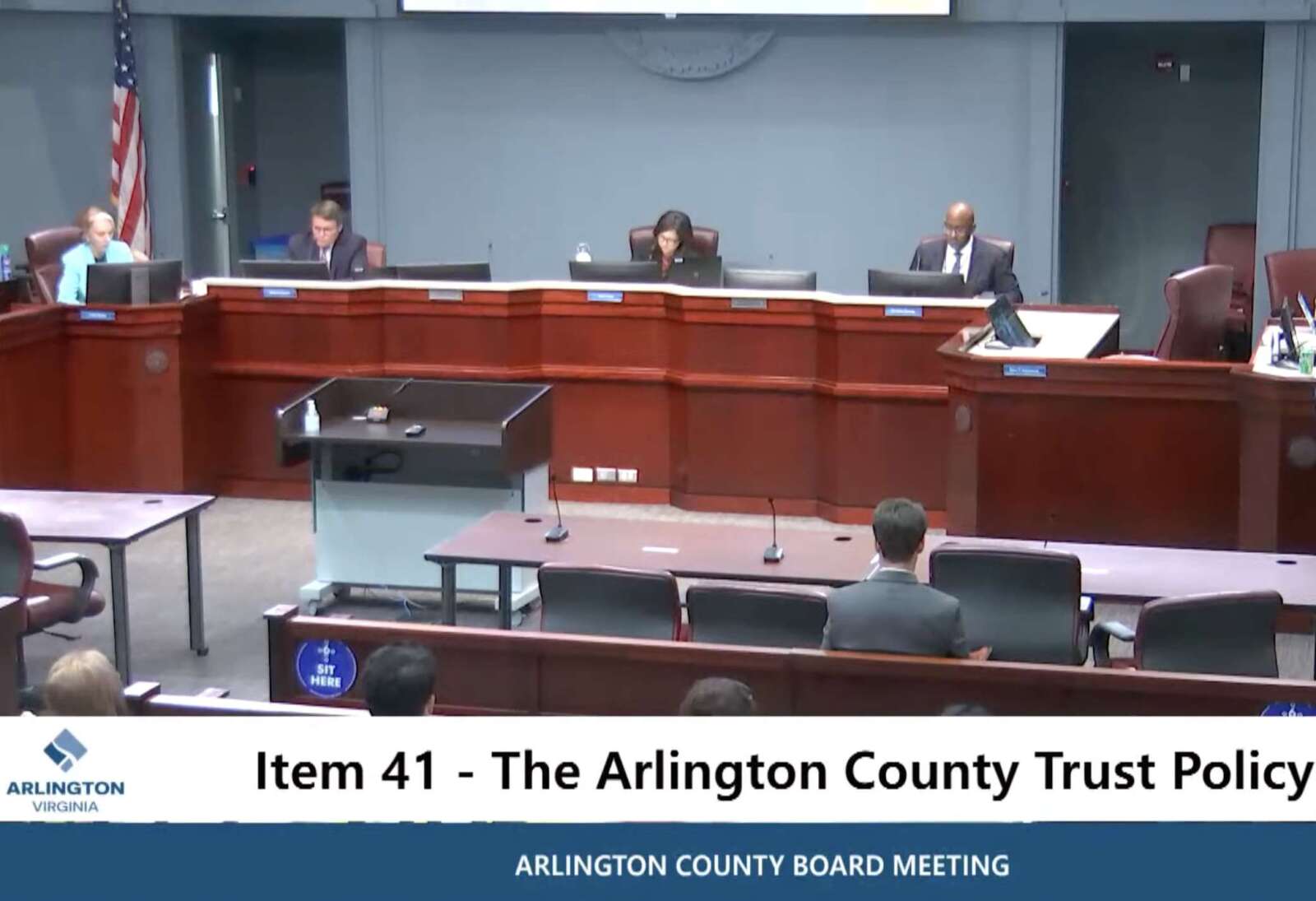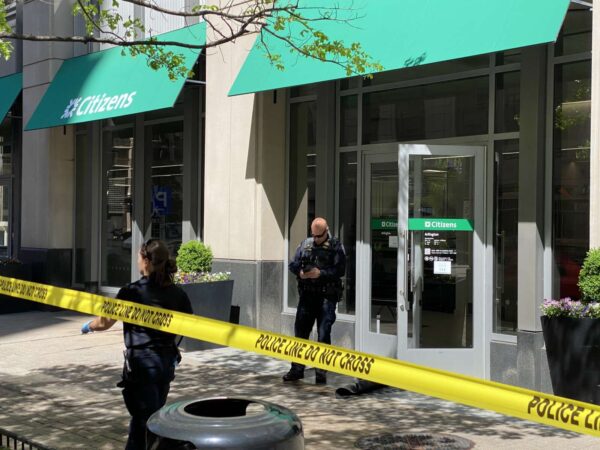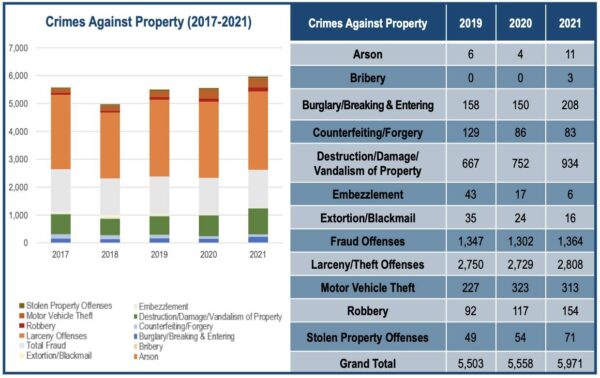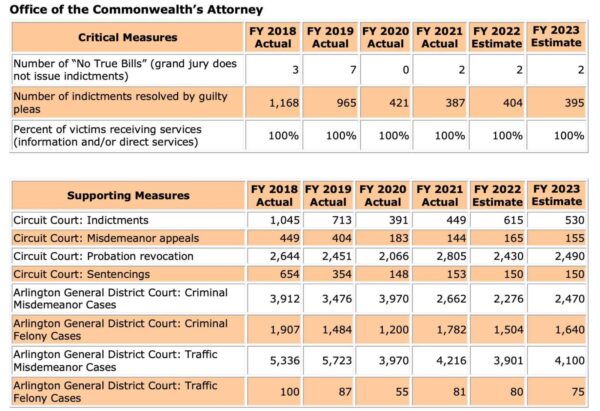(Updated at 1:45 p.m.) The Arlington County Board has put a project to construct a segment of 12th Street S. on hold indefinitely in its Capital Improvement Plan guidance.
The segment between S. Monroe Street and S. Glebe Road, located near the post office in the Douglas Park neighborhood, is currently a paved sidepath. The path runs in the middle of two sections of 12th Street S., which is designated as one of the Columbia Pike Bike Boulevards, according to the project’s website.
The project to change the path into a two-lane street with curb and gutter was put on hold by the County Board after evaluating the “multiple additional improvements” needed to fulfil Vision Zero, a national initiative to eliminate all serious traffic accidents, and the Columbia Pike Neighborhood Plan, according to the County Board Guidance for CIP.
“This is a particularly challenging project initially identified as an opportunity to improve grid connectivity,” County Board Chair Katie Cristol said in a Board meeting. “I think we have found that it has been very difficult to serve the needs and meet the needs of all users as envisioned in that project.”
Instead, the County Board decided to move the $2.7 million allocated to other “priority projects” within the Columbia Pike Bike Boulevard program, which is intended to provide cyclists with a continuous route parallel to Columbia Pike.
Since the shelving of the project, the county’s Department of Environmental Services is planning to “conduct a corridor analysis” to complete the bicycle route, DES spokesperson Erin Potter said.
The project on 12th Street S. prompted a significant amount of concern from residents, especially on the introduction of cars to what is currently a bike-and-pedestrian-only path. Many commenters wanted “the existing trail and sidewalk configuration to remain as is” with no cars allowed, according to a summary of public feedback done in the beginning of this year.
Moreover, residents who gave feedback were concerned about possible increase in cut-through traffic if a two-lane street were to be constructed, as well as the risk to children since the road segment was near a school bus stop, according to the summary.
Arlington has thankfully shelved its bizarre “12th St S Complete Streets” project that would have converted a bike path into a 2-lane road for cars. https://t.co/ggqTfBLNtV
— &rew (@orang55) July 26, 2022
This project originally aimed at connecting S. Lincoln Street, now a dead-end street in the middle of the block between Glebe and Monroe, to 12th Street S., as well as to fill the gap in the bike boulevard. Construction was originally supposed to begin in spring next year, according to documents for a public meeting.
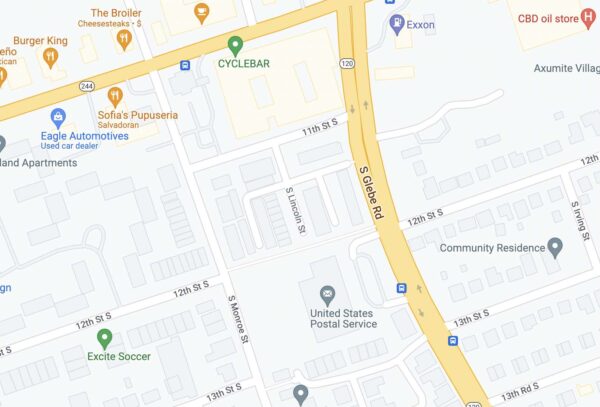
More on the decision, from the project web page:
Based on County Board Guidance on the FY 23-32 Capital Improvement Plan (CIP), this project is being indefinitely deferred. Funding allocated to this project will be “redirected to support future priority projects within the Columbia Pike Bike Boulevard Program. Staff will conduct additional feasibility and scoping work that would focus on completing the Bike Boulevards throughout the Columbia Pike corridor and specifically addressing areas where gaps exist.”
The project may be revisited in the future, “triggered by changing conditions including development opportunities, multimodal corridor needs, and other County priorities.”
Map via Google Maps


